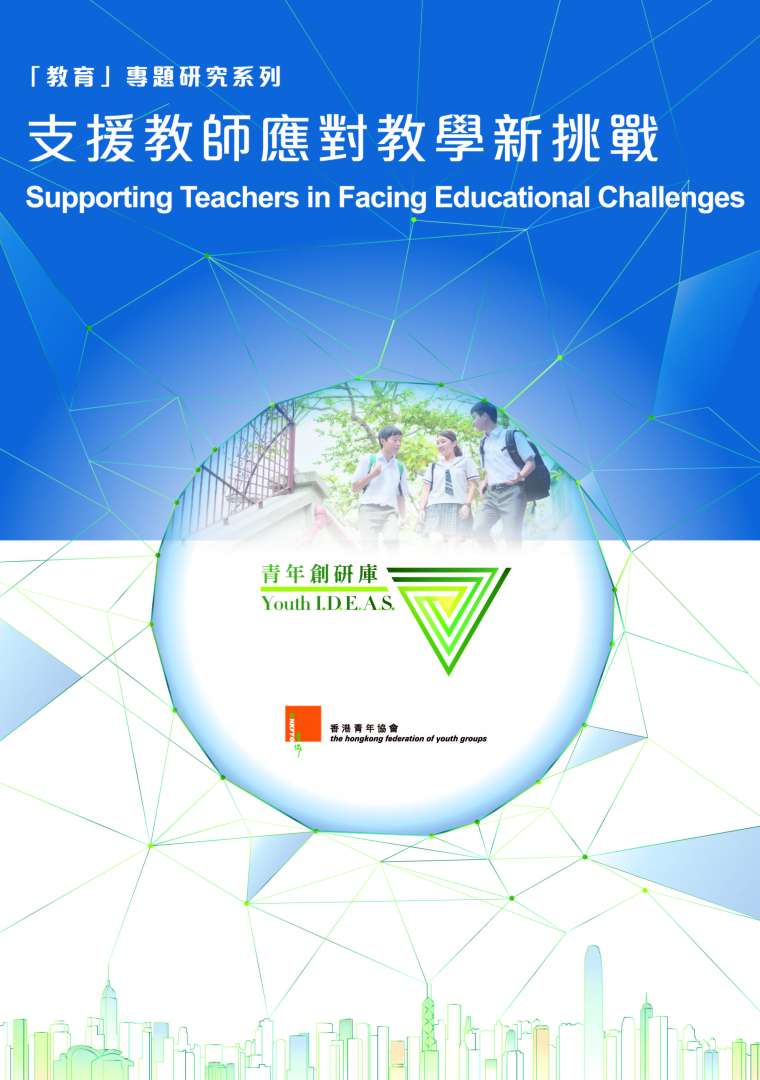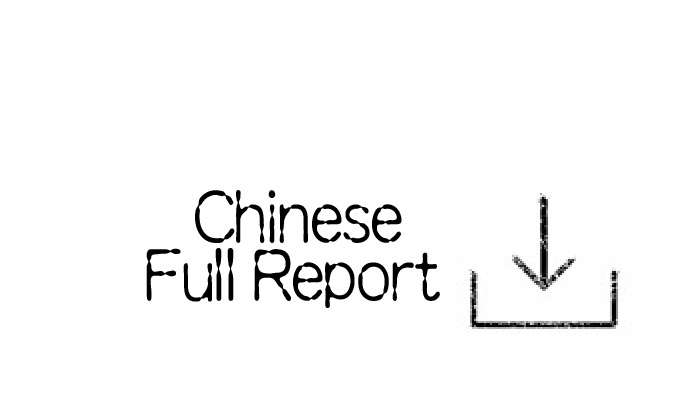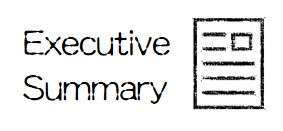Supporting Teachers in Facing Educational Challenges
Youth I.D.E.A.S. 59
Education
Supporting Teachers in Facing Educational Challenges
19 April, 2021

Due to advancements in technology and social development, modes of teaching and learning have entered a new era. According to “Back to the Future of Education – Four OECD Scenarios for Schooling”, a report published by the Organisation for Economic Co-operation and Development (OECD)[1] in 2020, learning is no longer limited to the school environment. School can act as a learning hub, connecting with the community by making use of the development of advanced technology (such as artificial intelligence) to deliver more diversified modes of teaching and learning.
The education sector has experienced many changes during the pandemic. Learning is no longer limited to a physical environment; hybrid learning (combining online and offline methods) is now widely used. This experience brings with it some new insights about the future development of teaching and learning in Hong Kong.
Teachers are important stakeholders in enabling and motivating students to learn. However, long working hours and increasing workloads have been an issue for a long time[2]. In addition, teachers need to manage increasing amounts of administrative and non-teaching work, e.g. school building management. Rapid educational policies renewal and curriculum reforms in recent years have added further pressure on teachers. Now is the opportunity to review their current workload so teachers are able to meet the future challenges and spend more time on their students’ growth.
As a response to recent changes, education departments in different overseas regions have implemented measures to improve the quality of teaching. The professional teaching structure of Singapore, as an example, is divided into three sections: teaching, leadership, and specialist[3]. Their Ministry of Education is continually increasing the number of non-teaching staff to assist in administrative duties and student development. Non-teaching staff also have well-developed training and promotion opportunities[4].
In Taiwan, the education department provides clear guidelines for the number of teachers’ lesson periods per week: 16-20 lessons for primary and secondary school teachers. Those who are Class teachers or have administrative duties, their number of lessons is reduced[5]. Supporting blended learning and flexible learning courses are also major trends in Singapore and Taiwan.
To transform educational models, the key is to improve teaching effectiveness and inspiring students to learn independently; teachers play a critical role in the process. A cause for concern in Hong Kong, is that as e-learning has increased, so has the workload of teachers. The purpose of this research is to understand: the workload distribution of teachers, their views on the future changes in education, and explore how to improve teacher support. The research also references the experiences of Singapore and Taiwan in providing feasible solutions to ease the future burden of teachers.
The study gathered information from several sources, including literature reviews, a questionnaire (with 354 secondary school teacher respondents), and interviews with 16 teachers and 7 experts during February to March 2021.
Discussion
- Teachers are important stakeholders in encouraging students to learn. However, increasing teaching workloads and more complex administrative duties are impacting their primary role. How is it possible to ease these burdens from teachers so they can improve their teaching effectiveness?
- The interviewed teachers were enthusiastic about teaching. They agreed that caring about students’ growth was more important than teaching textbook knowledge. Witnessing the growth of students is the driving force of their passion. However, due to heavy workloads and lack of support, some teachers are physically and mentally exhausted.
- During the pandemic teachers are experiencing different teaching models and unprecedented challenges. However, the new normal also offers new insights about future teaching and learning.
- Teachers agreed that students’ self-directed learning is the ideal direction.
- Teachers agreed that improving the class-to-teacher-ratio helps with teaching effectiveness, promotes collaboration and communication; increasing the number of non-teaching support staff is also useful.
Suggestions
- Invest more in educational resources. Improve the class-to-teacher-ratio and establish an objective review mechanism in the future.
- Review the professional career development pathways so both teaching and administration have equal promotion opportunities.
- Establish Student Self-Directed Learning Days.
- The Education Bureau can set up an online platform to organise teaching resources.
[1] OECD (2020), Back to the Future of Education: Four OECD Scenarios for Schooling, Educational Research and Innovation, OECD Publishing, Paris, https://doi.org/10.1787/178ef527-en.
[2] Ip Kin Yuen (30 May 2013). “Setting up reasonable teacher lesson periods, improving teacher structure” Retrieved from Legislative Council document CB(4)717/12‐13(01) https://beta.moe.gov.sg/careers/become-teachers/pri-sec-jc-ci/professional-development/
Hong Kong Federation of Education Workers (15 December 2020). “85% teachers feel stressed under the pandemic” Retrieved from https://www.hkfew.org.hk/listdetail.php?cid=68&aid=4317
[3] Singapore Ministry of Education. (19 February 2020). “Professional Development and Career Tracks” Retrieved from https://www.moe.gov.sg/careers/become-teachers/pri-sec-jc-ci/professional-development
[4] Singapore Ministry of Education. (28 February 2020). “Allied Educators” Retrieved from https://www.moe.gov.sg/news/parliamentary-replies/20200228-allied-educators-1
[5] Taiwan Ministry of Education. (2016). “Primary and secondary school lesson periods guidelines” Retrieved from https://edu.law.moe.gov.tw/LawContent.aspx?id=FL027214-1




